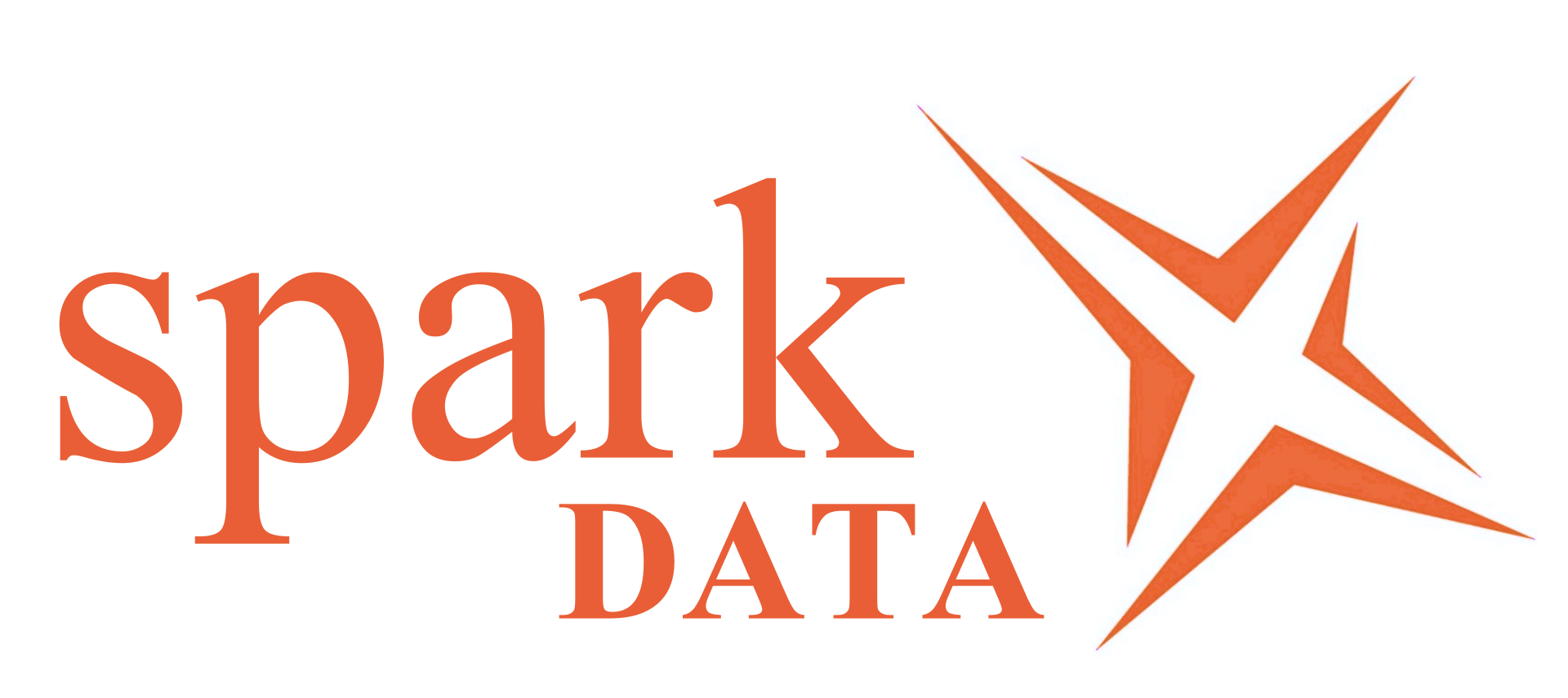Why is Storytelling So Difficult?
And what can researchers do to get better at it?

For years now, the market research industry has championed storytelling as an essential skill, advocating a shift from purely reporting data to creating compelling narratives.
Despite persistent advocacy from senior figures, effective storytelling seems to be problematic for the industry with yet another prominent market research conference in June 2025 calling for more storytelling. Understanding why storytelling in market research is challenging and identifying the key elements of crafting impactful narratives from insight data, are crucial for influencing decision-making more effectively.
Why is it such a problem?
One reason why storytelling is difficult in market research lies in the complexity and detail within data. Researchers, trained in data accuracy, often find it challenging to distil extensive and nuanced information into concise, engaging narratives. This fear of oversimplifying critical details frequently leads to overly complex presentations that obscure the central message.
Another challenge arises from the mismatch between typical researcher skillsets and the skills required for storytelling. Researchers often excel analytically but can lack the narrative and creative skills necessary for engaging storytelling. Effective storytelling requires creativity, empathy and a deep understanding of audience psychology. These skills are not traditionally part of the training programme of a typical market researcher.
Organisational barriers further complicate effective storytelling. Many corporate cultures place greater value on objectivity and precision, inadvertently undermining narrative methods by viewing them as less rigorous. As a result, traditional data reporting methods continue to dominate, stifling innovation in how insights are communicated.
Understanding the audience
A fundamental issue underpinning these challenges is a lack of clarity about audience needs. Effective storytelling demands a clear understanding of the audience's priorities, motivations and challenges. Market researchers often struggle to sufficiently empathise with or comprehend the audience’s perspective because they do not have a clear understanding of their clients' business issues. This makes it very difficult to put together an insightful and engaging presentation that addresses the business issues. Being 'business savvy' should be a core part of a researcher's training.
What makes a good story?
A good story in the context of market research insight should address several crucial elements. Firstly, it should have a clear beginning, middle and end structure: beginning with context or challenge, moving onto data-driven insights and concluding with actionable recommendations. Nancy Duarte, in her influential work 'Resonate', underscores the necessity of structured narrative arc for communicating insights effectively.
In addition, emotional resonance is essential for impactful storytelling. Pure data rarely changes behaviour or attitudes; good storytelling engages emotions, making insights relatable and memorable. According to Chip and Dan Heath’s book "Made to Stick," stories that resonate are simple, unexpected, concrete, credible, emotionally engaging and deliver clear messages.
Contextual relevance is another critical aspect of effective storytelling. The insights presented should directly relate to the business issues (strategic and operational) faced by the audience, making the data meaningful and actionable within their specific context.
Really importantly, storytelling should explicitly encourage action. Effective narratives do not just highlight insights; they clearly indicate next steps and practical recommendations. Demonstrating how insights can tangibly influence decisions enhances their credibility and impact.
And finally, data visualisation
Finally, visualisation and creativity significantly enhance storytelling effectiveness. Thoughtful visualisations, such as infographics, interactive charts and dashboards, can intuitively communicate complex data, making it more accessible and engaging. Edward Tufte's work on data visualisation illustrates how well-designed visuals enhance comprehension and retention of information.
To achieve better storytelling, organisations should actively invest in developing researchers' narrative skills, encourage creative experimentation and cultivate a culture that equally values analytical rigour and engaging communication.
Only then will we put an end to the perennial call for more emphasis on storytelling.










